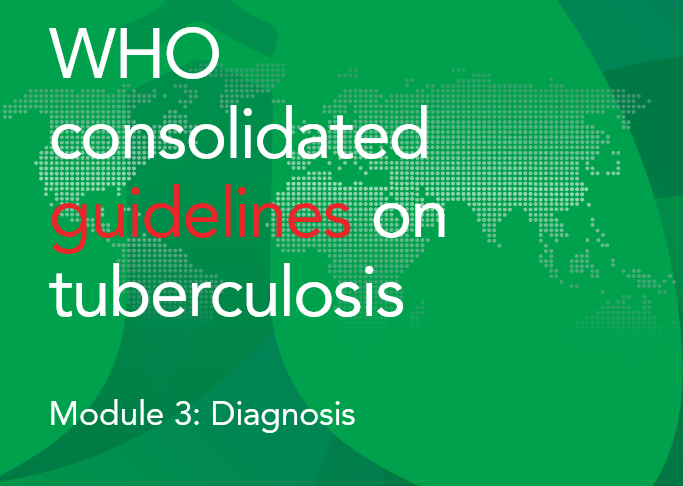WHO Launches an Update on the Consolidated Guidelines to Diagnose TB
16 April 2025
16 April 2025 | GENEVA — To support countries and technical agencies in their efforts to strengthen detection of tuberculosis (TB), the World Health Organization (WHO) published the WHO consolidated guidelines on tuberculosis. Module 3: Diagnosis today. When compared with the previous edition issued in 2024, this guideline is the first to:
- combine the WHO policy guidance on diagnosis of TB infection, disease and drug resistance into a single reference document
- present new recommendations on concurrent testing of respiratory and non-respiratory samples among people of all ages living with HIV and children without HIV or with unknown HIV status
- establish two new classes of TB diagnostic technologies for the initial detection of TB and resistance to rifampicin, and
- outline current WHO TB diagnostic class determination and product assessment definitions and pathways
“Diagnostic options for people with TB infection and disease are rapidly expanding, driven by intensified manufacturer engagement and groundbreaking research generating new evidence. These innovations are not just scientific milestones—they are lifelines,” said Dr Tereza Kasaeva, Director of WHO’s Global Programme on TB & Lung Health. “Ensuring that every person, everywhere, has access to rapid and accurate diagnosis means reaching people with TB earlier, treating them faster, and saving more lives.”
The WHO operational handbook on tuberculosis. Module 3: Diagnosis will accompany these WHO consolidated guidelines. The WHO operational handbook provides laboratory personnel, clinicians and other clinical staff, as well as ministries of health and technical partners, detailed guidance on implementing the WHO evidence-based recommendations. Updates in the companion Handbook include consolidation of guidance on TB infection, diagnosis, and drug resistance testing, considerations for the implementation of new diagnostic classes and concurrent testing strategies, and presentation of policy statements on the use of new or updated interferon gamma release assays for the detection of TB infection, as well as targeted next generation sequencing solutions for the detection of drug-resistant TB. These class and product advances are followed by an overview of the steps and processes required to implement and scale up new tests for TB detection and revised model diagnostic algorithms that reflect the new WHO TB testing policy recommendations.
Source: World Health Organization

